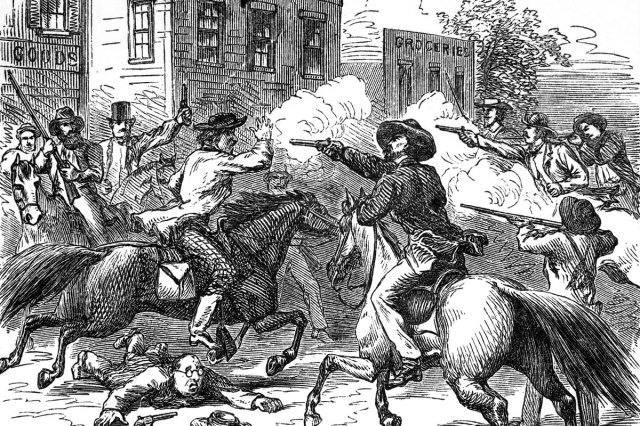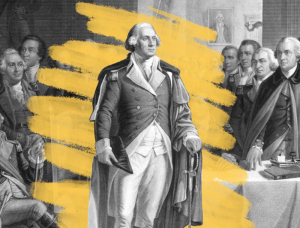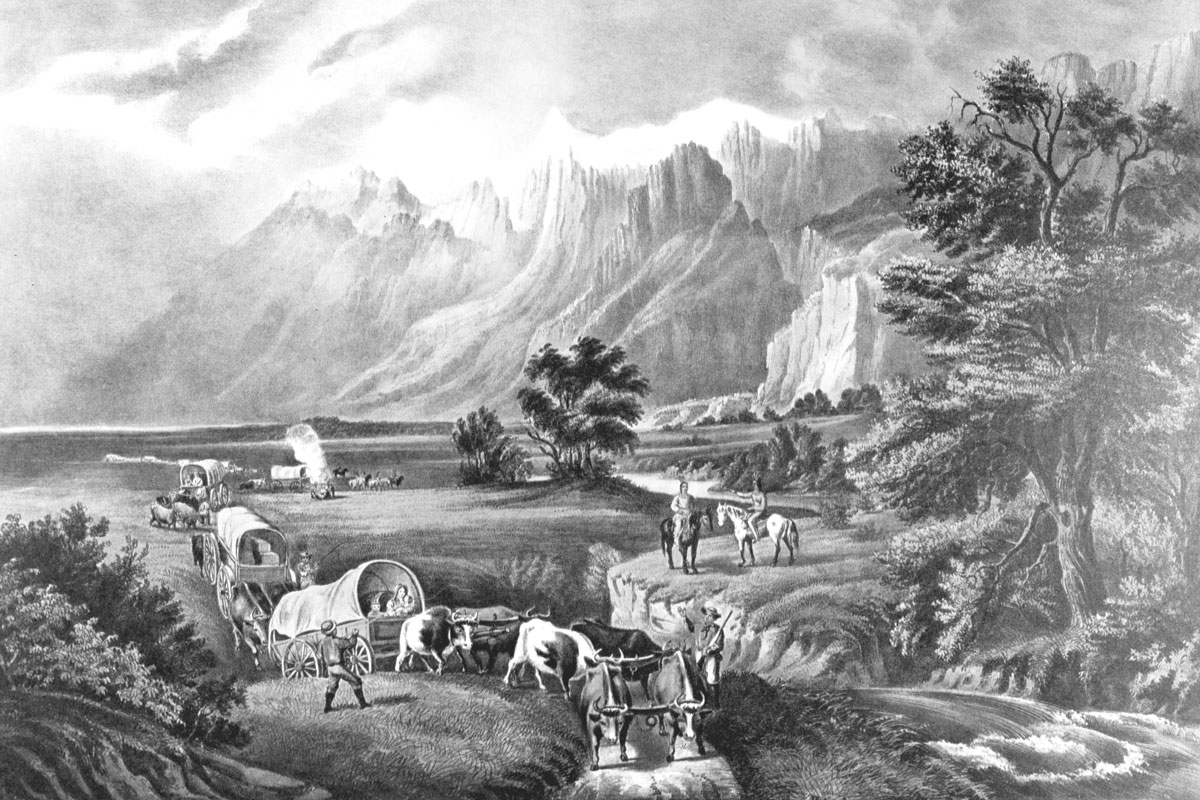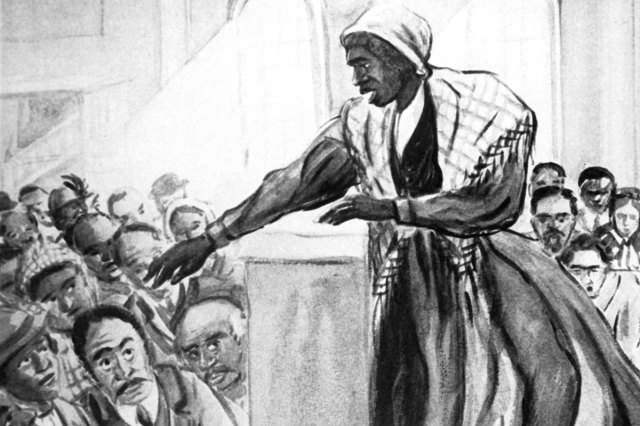What Was the Antebellum Period?
In the years before the Civil War, the United States was rapidly expanding geographically, economically, and politically. This era, roughly spanning from the end of the War of 1812 (which lasted until 1815) to the start of the Civil War in 1861, is often called the “antebellum” era, after the Latin term for “before the war.”
The term “antebellum” is also used more specifically in reference to the American South during this time, describing an idealized vision of plantation life and grand, columned estates that has been popularized by films such as Gone With the Wind. But the term has long been controversial, seen as a romanticization of a society built on slavery and racial oppression. In 2020, country band Lady Antebellum said that a newfound perspective on the “injustices, inequality, and biases Black women and men have always faced and continue to face everyday” prompted them to change their name to Lady A.
More broadly, the term refers to any period preceding a war, but it’s most often used in reference to the decades leading up to the U.S. Civil War. During this time period, the tension between reform and resistance reached a tipping point, setting the stage for the one of the largest conflicts in American history.

A Nation Divided
One of the key issues leading up to the Civil War was whether slavery should be allowed to continue in the United States, and if so, where. While the Northern states were slowly moving toward abolition, the South’s economy was deeply tied to enslaved labor. Cotton production was booming, and it depended on the forced labor of millions of Black Americans.
Over the course of the 19th century, Congress passed a series of compromises to try to navigate these growing divisions. In 1820, the Missouri Compromise admitted Missouri as a slave state and Maine as a free one in order to maintain the balance. The Compromise of 1850 let California join as a free state but included a harsh law requiring the return of people who escaped slavery. And in 1854, the Kansas-Nebraska Act allowed residents in those territories to decide the issue for themselves.
These were ultimately attempts to maintain a delicate political balance and avoid Southern threats of secession, which were fueled by fears that the federal government would override state decisions. But they merely delayed conflict, and in some cases, these compromises actually highlighted how unstable the political climate had become: In the 1850s, a period of violent clashes known as Bleeding Kansas erupted between the opposing sides.


















